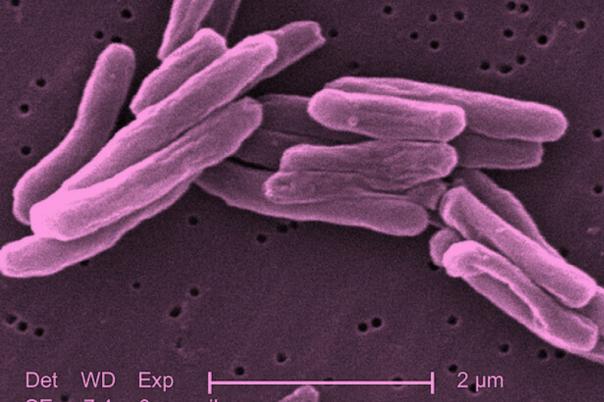In his presentation, Huw Bannister explored the evolving landscape of computational pathology and its significance for the next generation of cancer therapies. Bannister began by situating AstraZeneca’s role within the broader context of precision medicine, highlighting that while the company is not a diagnostic provider, its involvement in diagnostics is integral to advancing oncology. He reflected on the historical trajectory of next-generation sequencing, noting how costs have fallen and adoption has increased, drawing a parallel to the current state of digital pathology.
Bannister argued that the field stands at a tipping point, with digital pathology transitioning from a perpetual promise to an emerging reality. He emphasised that, as with sequencing, initial barriers such as cost and reimbursement are gradually being overcome. The proliferation of computational tools, he suggested, is set to transform both the efficiency and accuracy of pathology, moving beyond merely aiding pathologists to enabling the discovery of predictive biomarkers that are beyond the reach of the human eye.
A central theme of the talk was the application of artificial intelligence and quantitative continuous scoring (QCS) in pathology. Bannister described how AI models are now trained to segment tumour cells and quantify protein expression at the subcellular level, facilitating the identification of novel biomarkers. He noted that the development and deployment of these models, once requiring thousands of hours, is accelerating rapidly with the advent of foundation models.
Bannister also addressed the challenges of implementing computational pathology, including infrastructure, training, regulatory frameworks, and standardisation. He contended that pharmaceutical companies have a responsibility to support the digitisation of pathology services, ensuring that new diagnostic tools are accessible and interoperable. Bannister concluded by stressing the importance of collaboration between pharma, diagnostics, AI companies, and laboratories, asserting that the integration of these efforts is essential for delivering the right treatment to the right patient at the right time. He forecast that computational tools for biomarker detection will become standard practice within the next few years, fundamentally reshaping the field.





